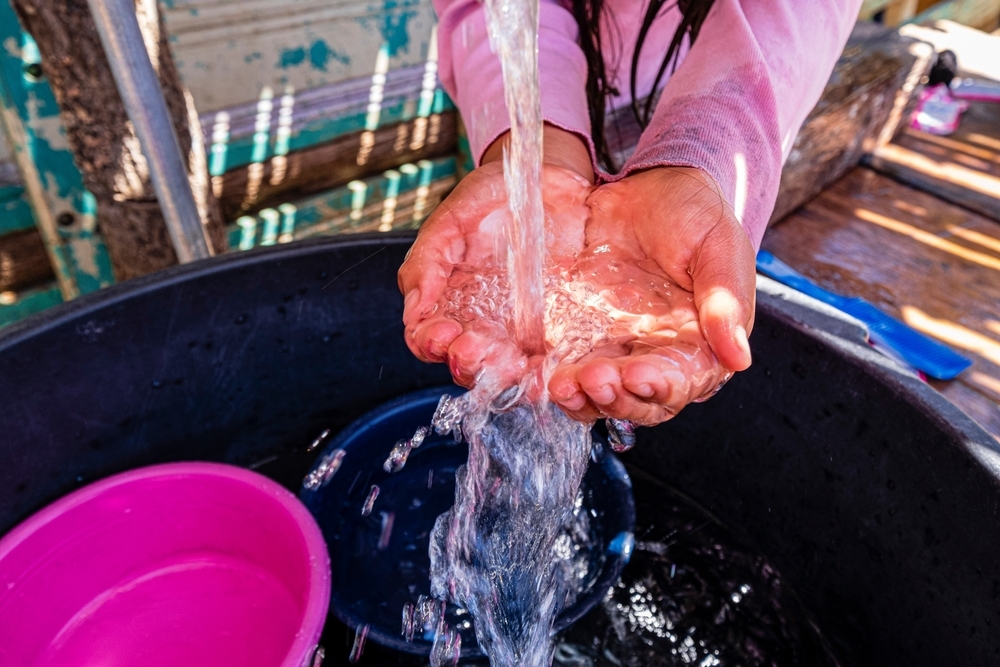November 4, 2025

When people think about clean energy, they often focus on power. Electricity is what lights homes, runs hospitals and supports industry. But at Geo-Engines we know there is another important result that often goes unnoticed. Our subsurface clean energy systems can also deliver water as a byproduct. This hidden advantage has the potential to transform how communities in energy-poor regions access two essential resources at once.
Energy and water are deeply connected. Communities that live without reliable electricity often also struggle to secure safe drinking water. In many regions people face daily trade-offs between meeting basic energy needs and sourcing enough water to survive. Traditional solutions tend to focus on one issue at a time, which can leave gaps and limit progress. Expanding access to both energy and water together is one of the most effective ways to strengthen resilience and support long-term development.
Geo-Engines technology works to generate heat and pressure of the deep subsurface to generate renewable energy. During this process water is also released naturally. It is not pumped from fragile local reserves or diverted from rivers but instead produced within the system itself. This creates a localized and sustainable source of water that adds value without placing additional strain on existing supplies.
This outcome matters more than ever. Many regions facing energy scarcity are also grappling with droughts, falling groundwater levels and pollution that makes local water unsafe. By producing water alongside clean power, our systems create a double benefit. Communities gain reliable electricity while also receiving a flow of freshwater that can be used for drinking, sanitation and small-scale agriculture.
In places where infrastructure is weak the impact could be transformative. Electricity from Geo-Engines systems could power schools and clinics, making better education and healthcare possible. At the same time the water produced could improve daily life in immediate ways, from providing safe drinking supplies to enabling irrigation that boosts food security.
Consider a rural community where families depend on diesel generators and seasonal streams. Replacing expensive and polluting fuels with subsurface clean energy would not only deliver renewable electricity but also guarantee access to fresh water year-round. This shift has the potential to change daily life on several levels, allowing children to spend more time in classrooms instead of collecting water, enabling farmers to grow more food whilst increasing income and improving health outcomes as both water and power become consistently available.
At Geo-Engines we believe energy should be measured not only in kilowatts but also in the positive changes it can bring to people and the planet. The water produced by our systems is far more than a byproduct. It is a vital advantage that adds social and environmental value to every project.
Reducing carbon emissions is a core goal of clean energy. Yet true sustainability is about more than carbon alone. It is about building communities that can thrive, protecting resources that are under pressure and ensuring that technology meets human needs. By producing both electricity and water our systems create a platform for resilience that goes beyond the grid.
The global push for renewable energy is accelerating and with it comes an opportunity to tackle interconnected challenges in new ways. Subsurface clean energy that generates both power and water is one such opportunity. At Geo-Engines we are committed to advancing projects that integrate these benefits and create lasting change for communities around the world.
We believe the future of clean energy should be integrated. It should provide power, protect resources and improve quality of life. The water released through our systems represents a hidden advantage, one that can help shape a more sustainable and equitable world for generations to come.
Contact us to learn more about how Geo-Engines can deliver both clean energy and clean water where it is needed most.
